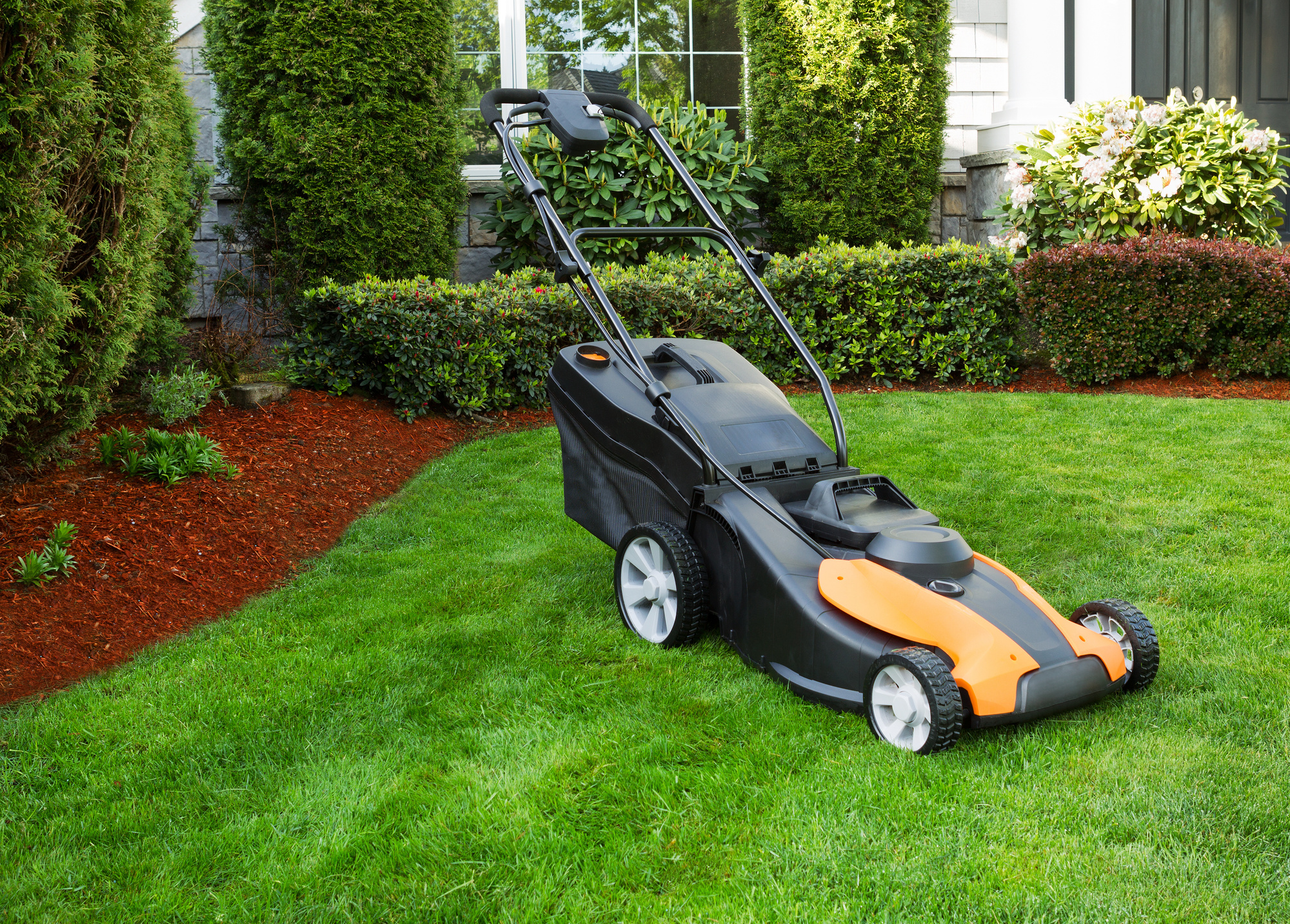Maintaining a large garden can be a rewarding but challenging task, requiring careful planning, organization, and regular upkeep. To keep your expansive outdoor space looking its best throughout the seasons, consider implementing the following garden maintenance tips:
Develop a Maintenance Schedule:
Create a comprehensive maintenance schedule that outlines tasks to be performed weekly, monthly, and seasonally. This schedule should include activities such as mowing, watering, weeding, pruning, fertilizing, and pest control. Breaking down tasks into manageable segments can help prevent overwhelm and ensure that no aspect of garden maintenance is overlooked.
Invest in Time-Saving Tools and Equipment:
Equip yourself with the necessary tools and equipment to streamline garden maintenance tasks. Consider investing in zero turn lawn mowers, power trimmers, leaf blowers, and other motorized tools to expedite mowing, trimming, and debris cleanup in larger areas. Additionally, tools such as drip irrigation systems, mulching mowers, and garden carts can help save time and effort when watering, fertilizing, and transporting materials around the garden.
Divide and Conquer:
Break your garden into manageable sections and focus on maintaining one area at a time. By dividing the garden into smaller zones, you can prioritize tasks and allocate time and resources more efficiently. Start with high-traffic areas or areas that require immediate attention, then gradually work your way through the entire garden over time.
Implement Water-Saving Strategies:
Conserve water and reduce irrigation needs by implementing water-saving strategies in your garden. Select low-water plants that need minimal irrigation once they’ve taken root and cluster plants with similar water needs. Incorporate a rainwater collection system to gather and store rainwater for garden use, lessening dependence on city water supplies during droughts.
Embrace Low-Maintenance Landscaping:
Incorporate low-maintenance landscaping elements such as native plants, ornamental grasses, and groundcovers to reduce the need for intensive care and upkeep. These plants are perfectly suited to the indigenous climate and soil, demanding fewer resources like water, fertilizer, and pest management compared to conventional garden varieties. Moreover, applying mulch to garden beds effectively suppresses weeds, conserves soil moisture, and moderates soil temperature, diminishing the necessity for frequent weeding and watering.
Practice Regular Weed Control:
Stay ahead of weed growth by practicing regular weed control throughout the garden. Mulching garden beds with organic materials such as wood chips, straw, or compost helps suppress weed growth and maintain soil moisture. Hand-pull weeds as soon as they appear, especially in garden beds and between pavers, to prevent them from spreading and competing with desirable plants for nutrients and water.
Monitor and Manage Pests:
Keep an eye out for signs of pest infestations and take proactive measures to manage pest populations in the garden. Monitor plants regularly for signs of damage, such as chewed leaves, discolored foliage, or insect activity. Implement integrated pest management (IPM) strategies, such as introducing beneficial insects, using organic pesticides, and practicing crop rotation, to minimize pest damage while minimizing environmental impact.
Maintain Garden Structures and Features:
Regularly inspect and maintain garden structures and features, such as fences, trellises, pathways, and outdoor furniture, to ensure they remain safe, functional, and aesthetically pleasing. Repair or replace damaged or deteriorating components as needed, and clean surfaces regularly to prevent buildup of dirt, debris, and mildew.
Stay Organized and Keep Records:
Keep track of garden maintenance tasks, schedules, and observations by maintaining detailed records. Use a garden journal or digital spreadsheet to document planting dates, pruning schedules, pest sightings, and other pertinent information. Keeping these records enables you to monitor your garden’s evolution, recognize patterns, and make informed choices regarding future upkeep and enhancements.
Enlist Help When Needed:
Don’t hesitate to enlist the help of family members, friends, or professional gardeners to tackle larger garden maintenance tasks or projects. Delegate responsibilities and work collaboratively to divide the workload and achieve your maintenance goals more efficiently. Additionally, consider hiring landscape professionals for specialized tasks such as tree care, irrigation system installation, or landscape design to ensure optimal results and save time and effort in the long run.
By implementing these garden maintenance tips, you can effectively manage and care for your large garden, keeping it healthy, beautiful, and enjoyable for years to come. With proper planning, organization, and regular upkeep, you can maximize the potential of your outdoor space and create a stunning landscape that enhances your home and lifestyle.










